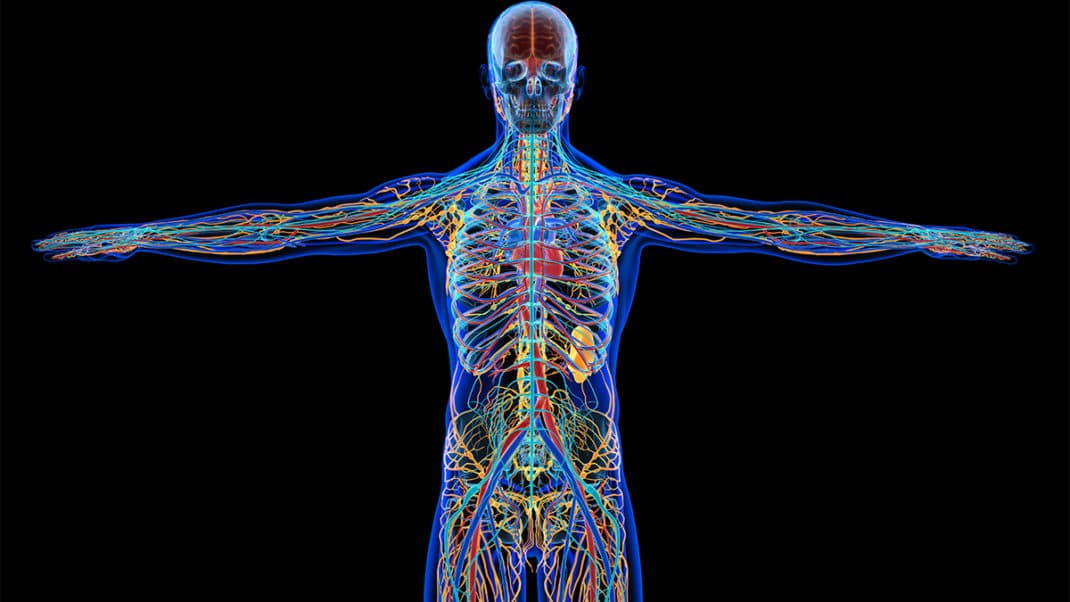Wrestling, Football, Most Injurious High-School Sports
Engaging in team sports may help high-school students lead more active lifestyles. But depending on the sport, your teen may also be at greater risk for injury. Of all high-school sports, football and wrestling are the most injurious, according to recent
research. In a first-of-its-kind study, published in the
September issue of the American Journal of Sports Medicine (2009;
37 [9], 1798–1805), scientists examined severe injuries among students from 2005 to 2007. Football players experienced the greatest number of injuries, followed by wrestlers and female basketball players. The most common sites for injury were the knee, ankle and shoulder.
“Not only does injury limit sport participation immediately; it can also impede the ability to be competitive in a sport for the long term,” states Peter Twist, MSc, owner of Twist Conditioning. Twist adds that those looking to safeguard young athletes against injury should address four major factors in a training program:
Balance. Challenging balance safely in the training environment builds muscles that comply with the mind’s commands, enhances body awareness and speeds up reaction time when balance is disturbed in a sport situation.
Deceleration. The majority of injuries occur when athletes are stopping or decelerating. Those who learn to share force absorption over multiple joints will reduce injury potential. Activities that combine fast foot patterns with direction change will help improve an athlete’s ability to decelerate safely.
Core. The core musculature plays a significant role in controlling momentum of the appendages. Incorporate core stabilization using standing closed-kinetic-chain stance challenges.
Weak Links. Repetitive motions can increase the potential for strains and injuries. To reduce muscle imbalances, incorporate whole-body conditioning into your athlete’s program.
For more information on training youth athletes, check out the following articles:
- “Trainability of Children” by Gregory S. Anderson, PhD, and Peter Twist, MSc, March 2005 IDEA Fitness Journal
- “Trainability of Children (Part 2)” by Gregory S. Anderson, PhD, and Peter Twist, MSc, October 2005 IDEA Fitness Journal
- “Identifying, Understanding and Training Youth Athletes” by Peter Twist, MSc, and Janice Hutton, MA, September 2007 IDEA Fitness Journalmedia morsels
Ryan Halvorson
Ryan Halvorson is an award-winning writer and editor, and IDEA's director of event programming.






